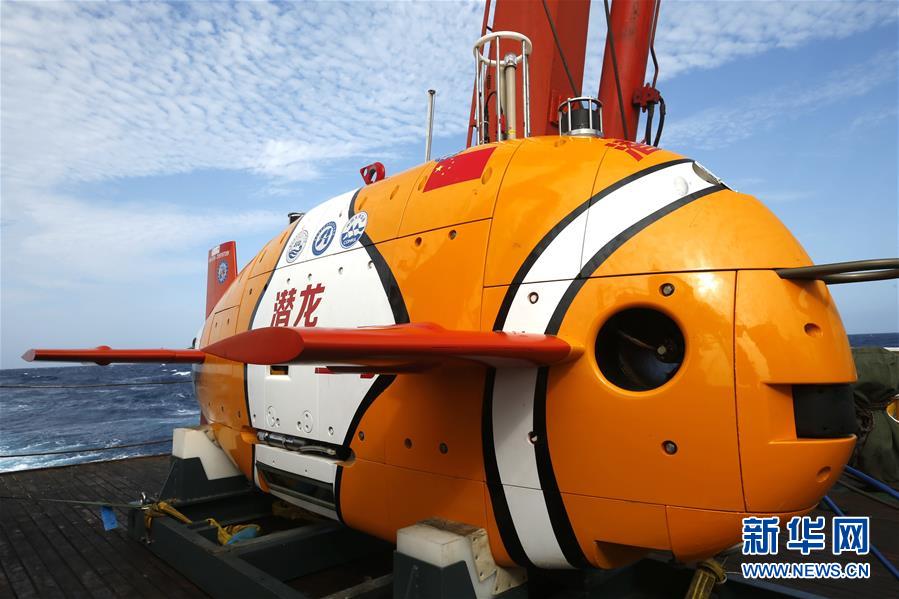

Qianlong III, a Chinese autonomous underwater vehicle (AUV), has dived deep into the South China Sea, undertaking a nearly 100-mile, 42-hour voyage.

Built by the Shenyang Institute of Automation, the colorful Qianlong III looks like a clownfish from Finding Nemo, though the cute look belie serious capability. It has a forward propeller in the “eyes” and the “mouth” is a navigation sonar. Its vertical tail has a magenometer, which is useful for detecting metals like manganese nodes or foreign submarines. Cai Wei, the chief scientist of the mothership Dayang Yihao, noted that in two follow-up trips, the Qianlong III collected reams of data on natural gas hydrate and metallic nodules, in support of Chinese interests in natural resources on the South China seabed.

Compared to its older brother Qianlong II, the Qianlong III has longer endurance and a higher percentage of domestic content. With a maximum operating depth of around 14,800 feet underwater, this 1.5-ton, 11-foot-long robot submarine will take the lead in China’s underwater scientific ambitions.

The development of underwater drones reflects China’s interests in underwater mining, deep-sea energy, and robot ships for civilian freight and military swarms.

China’s Underwater Great Wall of networked seabed sensors and long endurance UUVs like the Qianlong III and the Haiyan glider are tasked with identifying enemy submarines, mines, and other UUVs. Considering longstanding Chinese deficiencies in anti-submarine warfare, deep-sea drones like the Qianlong III have applications beyond the economic sphere. They can also collect valuable data about enemy submarine acoustics and oceanographic conditions for improving stealth and anti-stealth measures. For more peaceful uses, the Underwater Great Wall’s collection of underwater and seabed data could facilitate search and rescue, earthquake and tsunami warning abilities, scientific research, and underwater resource collection.

Meanwhile, Chinese naval warfare has plans for swarms on the seas and in the air and, private Chinese firms are pitching multi-hulled robot warships and a 56-USV swarm for militarized purposes. As China pushes for the lead in other future naval technologies like floating nuclear power plants, underwater mining and robot freighters, it is clear that smart UUVs like the Qianlong III will find an ever-expanding set of missions.
You may also be interested in:
- And now, a ship that can mine 39,000 tons of ore from a mile under water
- China is building the world’s largest facility for robot ship research
- With the D3000, China Enters the Robotic Warship Arms Race
- The Great Underwater Wall Of Robots: Chinese Exhibit Shows Off Sea Drones
- For Sale: The Next Generation of Chinese War Robots
- Not A Shark, But A Robot: Chinese University Tests Long-Range Unmanned Mini Sub
Peter Warren Singer is a strategist and senior fellow at the New America Foundation. He has been named by Defense News as one of the 100 most influential people in defense issues. He was also dubbed an official “Mad Scientist” for the U.S. Army’s Training and Doctrine Command. Jeffrey is a national security professional in the greater D.C. area. They both are Associates with the U.S. Air Force University’s China Aerospace Studies Institute.
